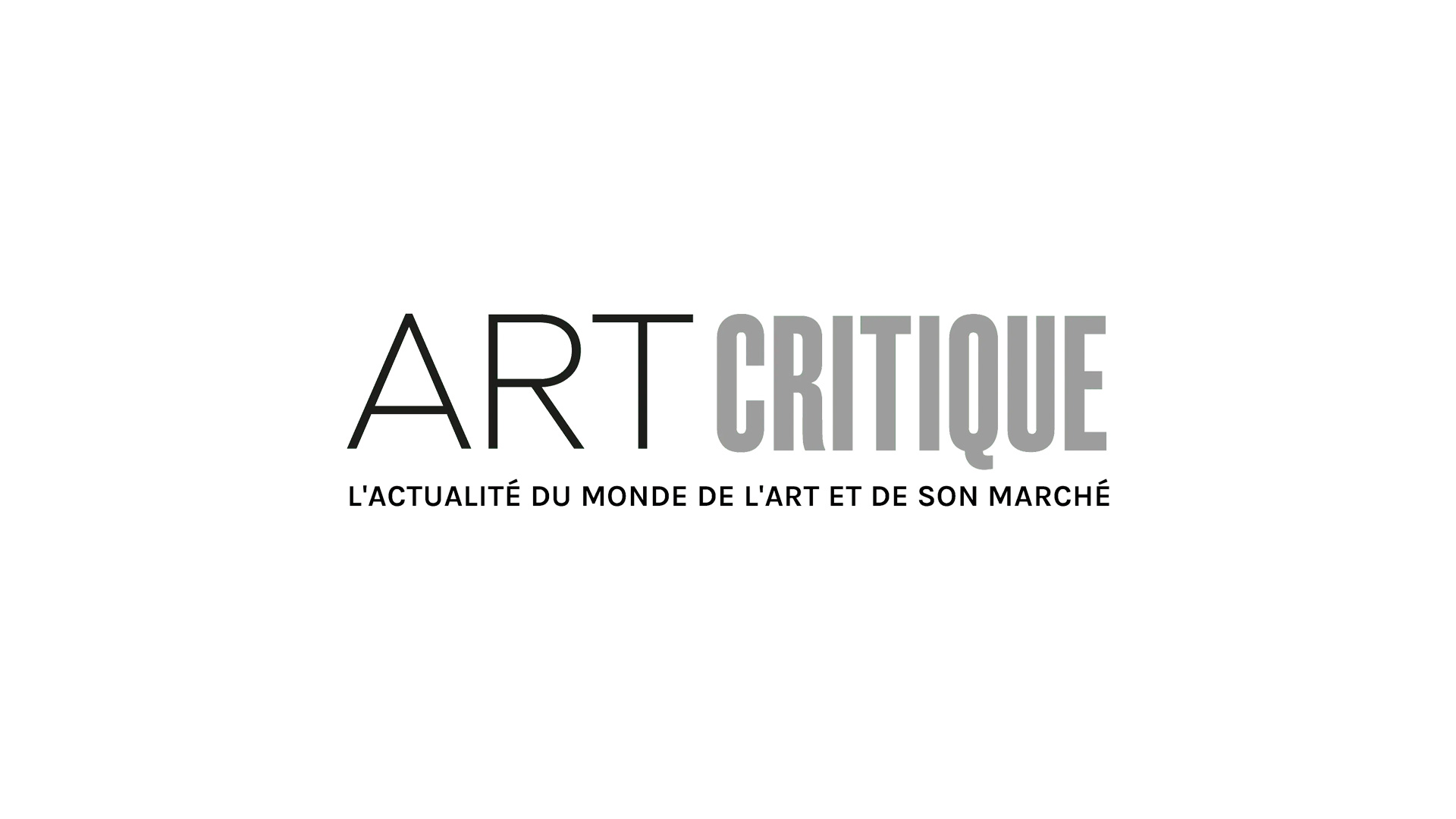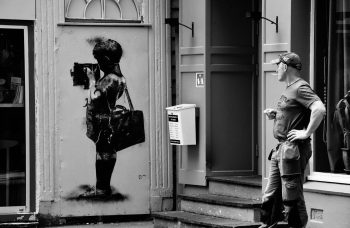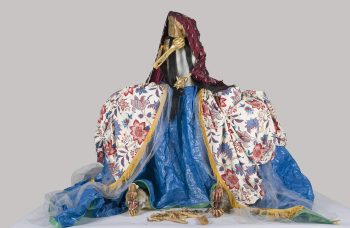Last September, Amy Sherald’s portrait of Breonna Taylor appeared on the front cover of a special Vanity Fair magazine dedicated to activism. Although commissioned by Vanity Fair guest editor Ta-Nehisi Coates, Sherald said she made the portrait for Taylor’s family to keep her “alive forever.” Now, the Smithsonian National Museum of African American History and Culture of Washington, DC and the Speed Art Museum of Louisville, Kentucky are jointly acquiring the portrait, thanks to a donation from the Ford Foundation and Heathland Foundation, so that it will be available to the public.
The portrait was created in honour of Taylor, a 26-year-old woman who was shot and killed by police who forced entry into her Louisville home where she was sleeping. Taylor’s name and story went on to become a major thread in the Black Lives Matter protests of last summer and has impacted countless lives. The making of the portrait was a process of reverence and Sherald wanted to see it through completely, opting to oversee its sale by orchestrating a unique partnership between museums.
Sherald felt it was crucial that the portrait of Taylor be visible to the public and accessible to the people of Louisville. “I felt like it should live out in the world,” Sherald told The New York Times. “I started to think about her hometown and how maybe this painting could be a Balm in Gilead for Louisville.” Thus, thanks to the artist’s vision, became the joint acquisition of the work by the DC and Louisville museum.
Typically, Sherald’s gallery, Hauser & Wirth, would oversee the sale of her work, but this painting was different for the artist. Sherald wanted to have a hand in each step, bringing together the museums. To do so, Sherald reached out to friend and actress Kate Capshaw who, with her husband director Steven Spielberg, has recently launched the Hearthland Foundation. With Capshaw’s help, the Ford Foundation agreed to work with the Hearthland Foundation to support the acquisition. A joint $1.2 million donation made the purchase possible.
The proceeds from the sale will expand the impact of Taylor’s portrait as Sherald plans to set up a fund seeking to support students entering into higher education with particular interest in social justice. This endeavour will be made with guidance from both foundations.
Seeing the sale through is the final page of the process Sherald embarked on in this commission. Somewhat surprisingly, Taylor’s portrait is only Sherald’s second ever commission – the official portrait of former First Lady Michelle Obama was her first – and it was the first time the artist’s subject was deceased.
To create the portrait, Sherald took the time to get to know Taylor posthumously. She spent time with Tamika Palmer, Taylor’s mother, to better understand Taylor’s personality, character, and sense of style. Sherald had the opportunity to watch videos of Taylor, talk to her friends, and see photos of her, which included images taken by artist LaToya Ruby Frazier.
According to Palmer, Taylor was always put together. “You wouldn’t catch her not together,” she told Sherald, “she definitely took pride in what she looked like and how she carried herself.” So, Sherald worked with Atlanta-based designer Jasmine Elder of JIBRI to create the turquoise gown Taylor is depicted wearing in the portrait. With the permission of her family, Sherald also included the engagement ring Taylor’s boyfriend Kenneth Walker had bought for her in anticipation of proposing.
Sherald’s portrait of Taylor is a cathartic experience and personal interpretation of a life that should still be here. Founding director of the National Museum of African American History and Culture and now the secretary for the Smithsonian Lonnie G. Bunch III summed up the painting saying it “captures both the joy and the pain of this moment.”
Taylor’s portrait will be included in the Speed Museum’s “Promise, Witness, Remembrance” exhibition focused on Taylor that is to open next month. The exhibition is curated by Allison Glenn, an associate director of the Crystal Bridges Museum of American Art in Arkansas, and will include works by Sam Gilliam, Lorna Simpson, Kerry James Marshall, and Glenn Ligon. The exhibition will travel to the Smithsonian later this year.






